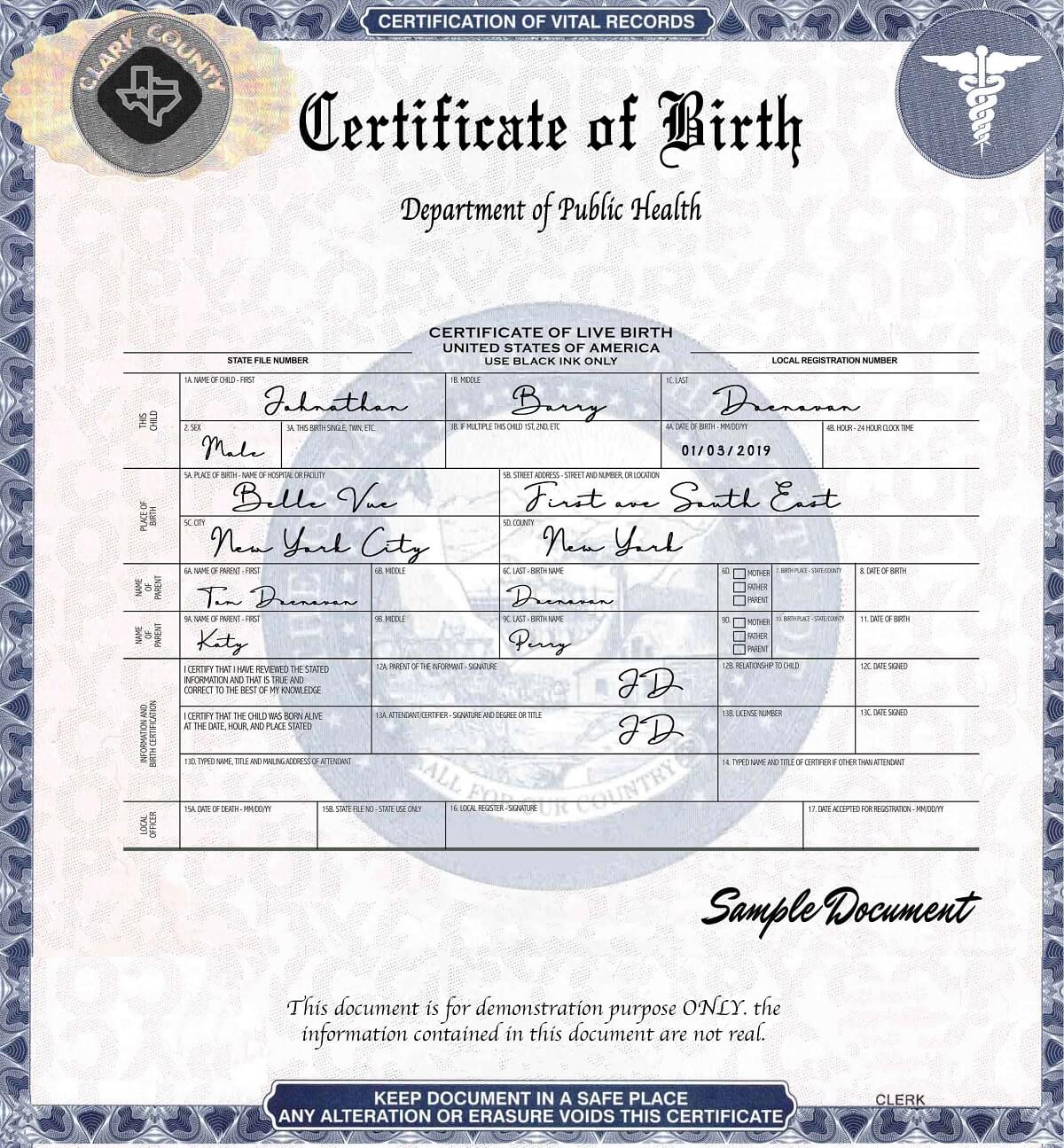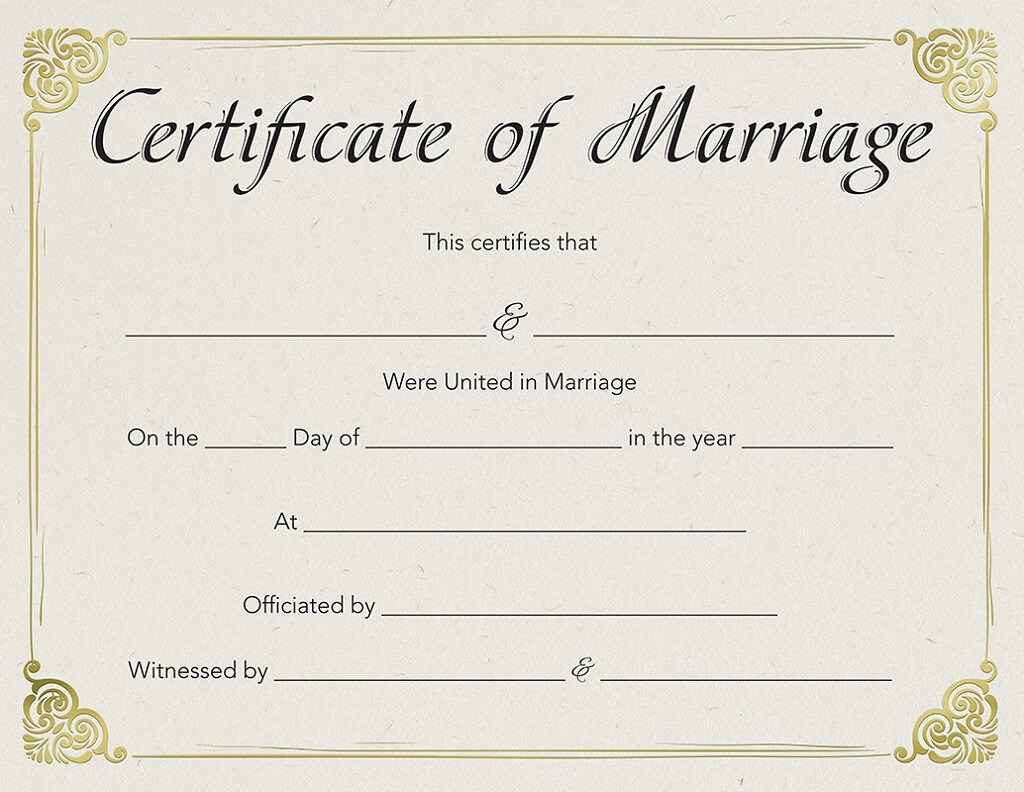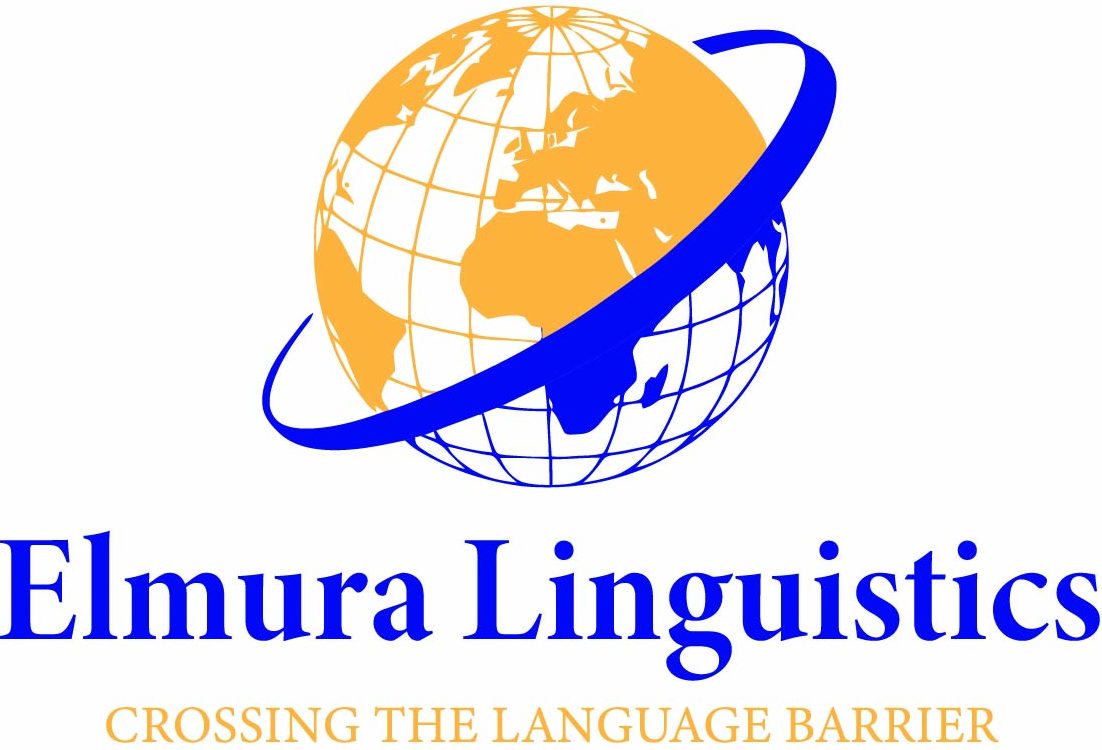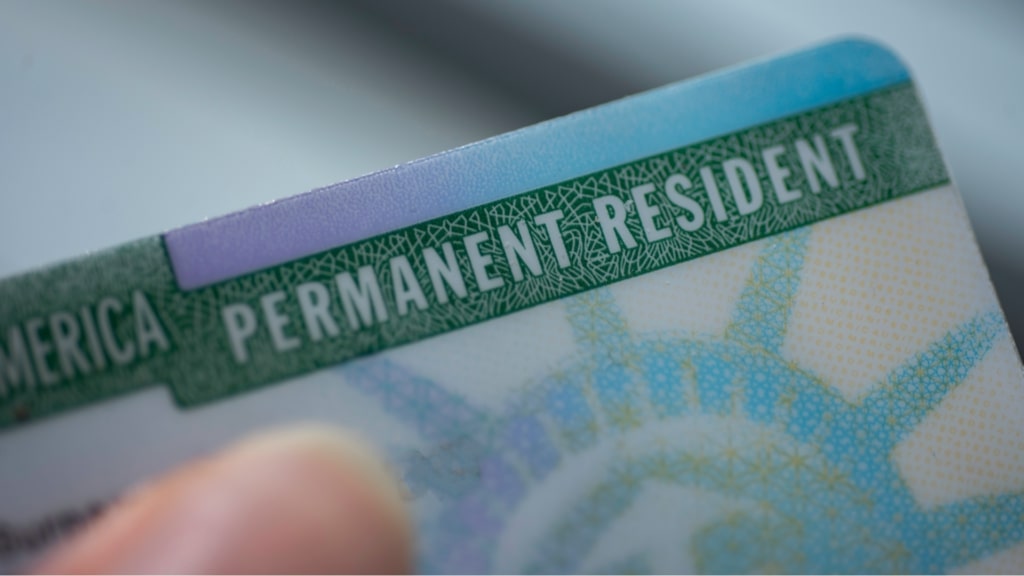Green Card applicants must submit a variety of documents as part of the immigration process. Each document must be accurately translated into English. Every year, approximately 1 million Green Card applications are submitted, and many of these require professional translation services.
We understand the importance of precise translations in meeting U.S. immigration requirements. In this article, we outline the common translations needed by Green Card applicants and provide detailed explanations of each.
Table of Contents
ToggleMandatory Documents Required for Green Card Applicants
For a successful Green Card application, applicants must submit a set of mandatory documents. These records verify identity, background, and eligibility, and include items such as birth certificates, marriage certificates, divorce decrees (if applicable), police clearance certificates, academic records, employment records, and court documents.
Each document must be accurately translated and certified if it is not in English, ensuring that all information is clear and legally valid for the review process.
Birth Certificate – Why Is It Important?

The birth certificate is one of the most important documents for a Green Card application. It verifies an applicant’s identity, date of birth, place of birth, and parental details. We have observed that errors in the translation of birth certificates can lead to significant problems during the application process.
Common Issues with Birth Certificate Translations
- Incorrect Name Order or Spelling: Names must be translated exactly as they appear on the original document. Any variation or misspelling can cause confusion and may lead to rejection.
- Date Format Errors: Different countries use various date formats. Failing to standardize these dates in the translation can result in discrepancies that affect the document’s validity.
- Omission of Important Details: Missing information, such as parental names or the exact place of birth, compromises the integrity of the document and may delay or derail the application.
- Misinterpretation of Official Terms: Legal and official terms need accurate translation. Incorrect translations can change the meaning of the document, leading to misunderstandings by immigration officials.
Impact of Translation Errors
Inaccuracies in the translation of birth certificates have been linked to delays and even denials in Green Card applications. Although official statistics vary, industry estimates suggest that translation errors in vital documents like birth certificates may contribute to 5-10% of application issues.
Accurate translation of the birth certificate is important to avoid unnecessary complications. Ensuring that every detail is correctly translated helps prevent delays and increases the chance of a smooth Green Card application process.
Marriage Certificate – What It Represents?

The marriage certificate is an important document for Green Card applicants especially in family-based immigration cases, proving a legally recognized union. Accurate translation of this document is essential to confirm the legitimacy of the marriage and avoid any misinterpretations by immigration officials.
Common Issues with Marriage Certificate Translations
- Legal Terminology: Translators must correctly render legal terms used in the marriage certificate. Misinterpretations can lead to ambiguity about marital status. According to USCIS guidelines, every translated document must include a certification that the translation is complete and accurate.
- Notarization and Certification: Some marriage certificates require additional certification, such as an apostille or notarization. Failure to include these details in the translation can result in the document being rejected by immigration authorities. See our notary and translation services for more on notarization and certified translations
- Formatting and Seals: Many marriage certificates include official stamps, seals, and signatures in a specific layout. The translation must replicate these elements accurately. Discrepancies in formatting can raise doubts about the document’s authenticity.
- Multiple Languages: In countries where marriage certificates are issued in more than one language, the translation must reflect the complete content without omitting any parts. Overlooking any section, even if it appears redundant, can lead to delays in the application process.
Translation errors in marriage certificates can cause significant issues, including delays or even denials of Green Card applications. According to reports from immigration law experts, errors in critical documents like marriage certificates may contribute to approximately 8-10% of application delays.
Ensuring that all details are accurately translated and certified is essential for a smooth process.
We have extensive experience in handling such translations. Our team is well-versed in legal terminology and the specific requirements for Green Card applications.
Divorce Decree – Is It Required?

If an applicant has been previously married and divorced, a divorce decree is required as part of the Green Card application process. The translation must clearly indicate that the marriage has been legally dissolved, including the exact date of the decree and any specific legal conditions or stipulations outlined by the court.
A certified translation is necessary to ensure that all details are accurately conveyed and to avoid any discrepancies that could negatively impact the application.
Accurate translation of the divorce decree is important because immigration officials use this document to verify the applicant’s marital history and confirm that all previous marriages have been legally terminated. Inaccuracies such as misinterpreting legal terminology or incorrect dating can lead to delays, additional scrutiny, or even denial of the application.
According to the American Immigration Lawyers Association (AILA), minor errors in translating legal documents like divorce decrees are among the common reasons for delays in the immigration process.
Additionally, a certified translation includes a translator’s declaration of accuracy, their contact information, and a statement that the translation is a complete and accurate representation of the original document. This certification helps build trust with immigration authorities and minimizes the risk of miscommunication.
By ensuring that every detail of the divorce decree is accurately translated, applicants can avoid unnecessary complications and move forward with their Green Card applications more smoothly.
Police Clearance Certificate – Why Is It Needed?

A police clearance certificate, sometimes known as a criminal record check, is essential for Green Card applicants because it verifies that the applicant does not have a criminal history. Immigration authorities use this document to conduct security checks and ensure the safety of the community.
The certificate often includes notations and official comments that provide extra details about the applicant’s background.
Any error in the translation of a police clearance certificate can lead to misinterpretation and delays in the application process. Even small mistakes in names, dates, or legal terms can cause further scrutiny and may delay processing.
According to immigration law experts, and informal reports translation errors in critical documents like police clearance certificates account for approximately 5-8% of application delays.
The table below summarizes common issues encountered during translation and their potential impact:
| Translation Issue | Description | Estimated Impact on Delays |
| Inaccurate Names or Dates | Errors in transcribing names or dates accurately | 2-3% delay incidence |
| Omission of Official Notations | Missing important comments or annotations | 1-2% delay incidence |
| Misinterpretation of Legal Terms | Incorrect rendering of legal terminology | 2-3% delay incidence |
| Formatting Discrepancies | Variations in layout that reduce clarity | 1-2% delay incidence |
Ensuring that the translation is error-free is critical to maintaining the integrity of the document and meeting immigration standards. Accurate translation helps immigration officials assess an applicant’s background correctly and ensures a smoother processing of the Green Card application.
Academic Records – Ensuring Accurate Translations of Diplomas, Transcripts, and Certificates

For Green Card applicants who have studied abroad, academic records such as diplomas, transcripts, and certificates are needed. These documents must be translated accurately to verify an applicant’s educational background and any professional credentials.
The translation must include the institution’s full name, the dates of attendance, and the qualifications earned. Any additional remarks or distinctions noted in the original document should also be translated.
Accurate translations of academic records are critical. Inaccuracies can lead to delays in processing or even requests for additional documentation. Immigration officials rely on these records to verify that an applicant’s educational background supports their claims.
Below is a table summarizing the key details required in academic record translations:
| Document Element | Required Details |
| Institution Name | Full official name (as in the original document) |
| Dates of Attendance | Start and end dates of the academic program |
| Qualification Earned | Degree, diploma, or certificate title |
| Additional Remarks | Honors, distinctions, or other relevant comments if present |
By ensuring that these elements are accurately translated, applicants can help ensure that their educational credentials are clearly understood by immigration officials, minimizing the risk of processing delays.
Employment Records

Employment records, including letters of reference or work experience certificates, are commonly required for employment-based Green Card applications. The translation should list job titles, dates of employment, and a description of the job duties.
This information helps immigration authorities evaluate the applicant’s professional background and skills.
Court Documents – Important Context For The Applicant’s History
In cases where legal proceedings or court cases have affected an applicant, translated court documents may be necessary. These documents include legal judgments, court rulings, and other relevant legal records that provide important context for the applicant’s history.
The translation must be precise, as even small errors can alter the meaning of legal terms or misrepresent important details, affecting the outcome of the application review.
Common challenges in translating court documents include accurately rendering complex legal terminology, preserving the original format, and ensuring that dates and names are correctly transcribed. These documents often serve as critical evidence in verifying an applicant’s legal history, and any inaccuracies can lead to delays or denials of the application.
Certified translations, accompanied by a translator’s statement confirming accuracy, are strongly recommended to meet immigration standards.
Optional Documents for the Green Card Application
While the Green Card application requires several mandatory documents, there are also optional documents that can help strengthen your case. These additional materials are not required by USCIS but can provide extra evidence to support your application.
Evidence of Relationship (for Family-Based Applications)
For applicants applying through family relationships, optional documents such as photographs together, joint bank statements, travel records, and affidavits from friends or family members can further prove the genuineness of the relationship.
Supplemental Financial Documentation
In cases where financial stability is an important factor, additional tax returns, bank statements, or employment verification letters may help demonstrate your ability to support yourself and any dependents.
Letters of Recommendation
Optional letters from employers, community leaders, or other reputable sources can provide insight into your character and background, offering additional support for your application.
Additional Identity or Residency Proof
Extra copies of identification documents, alternative proofs of residency, or other official records can be submitted to further verify your identity and background.
Community Involvement Evidence
Documents showing participation in community activities or local organizations can illustrate your ties to the community, potentially strengthening your case.
Including these optional documents is beneficial if they help clarify or reinforce aspects of your application. They are meant to supplement the required documents and provide a more comprehensive picture of your situation.
While optional, they can be particularly useful if your mandatory documentation leaves any questions or if you want to enhance the overall strength of your application.





